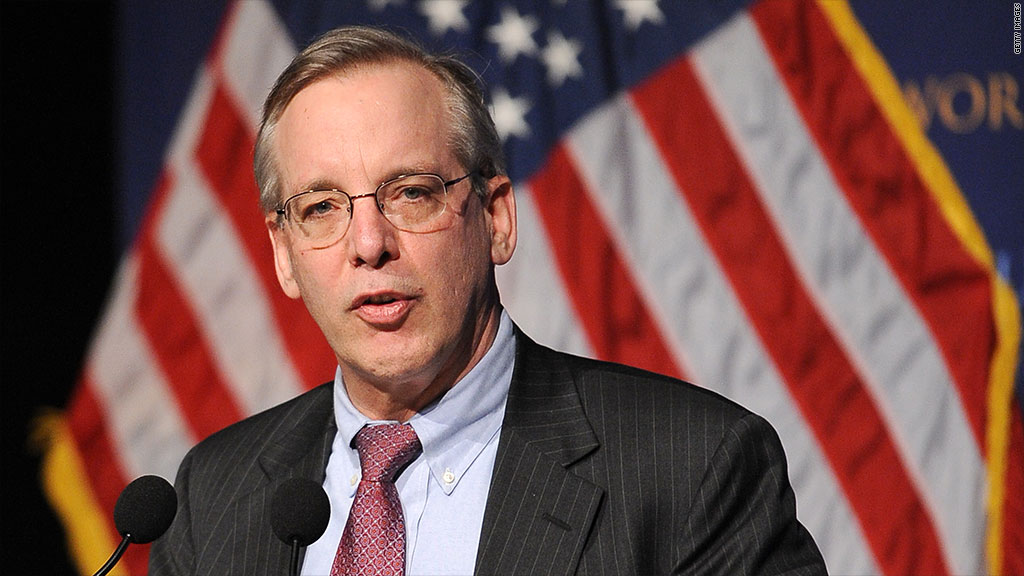
The Federal Reserve had a plan to unwind its controversial stimulus program, but now that plan is "stale," the head of the New York Fed said Tuesday.
Under the blueprint hashed out by the central bank in June 2011, the end of stimulus would have gone something like this: First, the Federal Reserve would stop reinvesting principal payments into longer-term Treasury bonds. Next, it would raise short-term rates. Finally, it would sell off its mortgage-backed securities over a three- to five-year period.
A lot has changed since then, William Dudley noted in prepared remarks before the Japan Society. Various policies have expanded the Fed's holdings by $500 billion over the past two years, and with that larger balance sheet comes heightened risks.
Currently, the Fed is engaged in a third round of so-called "quantitative easing," a policy through which the central bank buys bonds in an effort to lower long-term interest rates. The Fed buys about $85 billion in Treasuries and mortgage backed securities each month, and it's unclear when this program will end.
The central bank has said it wants to see substantial improvement in the job market before it winds down its stimulus efforts. Recently, Fed officials have stressed that they're prepared to adjust the pace of their bond purchases in either direction, depending on the economy.
Dudley reiterated that point Tuesday.
"Because the outlook is uncertain, I cannot be sure which way -- up or down -- the next change will be," he said.
Stocks rose to their highest level of the day after Dudley's remarks were released.
Related: Fed sticks with stimulus
So if the current exit strategy is stale, what would a revised plan look like?
Dudley suggested the Fed should consider holding on to its mortgage-backed securities until they reach maturity.
Instead of selling them, it may be best to to allow those securities "to run off passively over time," he said, nothing that selling the securities could lead to a sharp increase in long-term interest rates.
Selling mortgage backed securities at lower prices in the future could also saddle the Federal Reserve with losses -- an issue likely to cause a public relations nightmare. St. Louis Fed President James Bullard, for example, has called the potential for future losses a "recipe for political problems."
Related: Fed officials: Don't worry if we lose money
The central bank needs be careful not to freak out the market when it eventually starts to unwind.
"There is a risk that market participants could overreact to any move in the process of normalization," Dudley said.
The Fed needs to "think long and hard" about how to it can respond flexibility to changing conditions "in a way that is not disruptive to the economy," he added.


